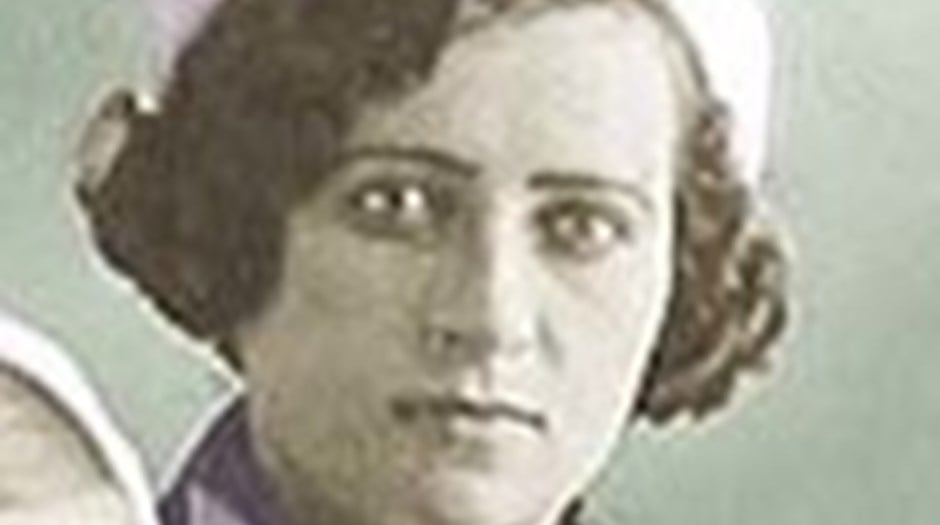07 March 2022
Kateryna Yushchenko

Harold Lawson is upheld as the inventor of pointers in 1964 however it could be argued that actually Kateryna Yushchenko had already invented them in the 50’s in Ukraine.
Kateryna Yushchenko was born into turbulent times in Ukraine on Dec 8th 1919. In 1917, in the midst of WW1 the Russian Revolution took place. In the middle of this Russian unrest the Ukrainian War of Independence began on June 10th 1917. In 1921 on 18th March the Peace of Riga Treaty sealed the fate of the Ukrainian People's Republic and the Ukrainian War of Independence ended. The Ukrainan Peoples Republic was officially re branded Ukrainian Soviet Republic and then the Ukrainian Socialist Soviet Republic, one of the co-founders of the Soviet Union.
As a young child she would have experienced the revival of Ukrainian culture and then when she was 11 yrs old the Holodomor or Terror Famine. According to the findings of the Court of Appeal of Kyiv in 2010, the population losses due to the famine amounted to 10 million, with 3.9 million direct famine deaths, and a further 6.1 million birth deficits. It would have been a time of unbelievable suffering.
In 1937, when Kateryna was 17 yrs old and had just started her Undergraduate Degree at Kyiv University her father, a Geography and History teacher, was recognized as a Ukrainian nationalist by the Soviets and was arrested. Kateryna’s mother, a housewife, tried to prove her husband’s innocence by showing the secret service agents the documents testifying to the fact that he had participated in the revolutionary movement. She was sentenced to a 10 year imprisonment and the evidence she brought was burned in front of her. Kateryna was then expelled from University. Who can imagine how this 17yr old girl who had lost both parents and had her education taken from her felt. Incredibly she carried on and was determined to continue her studies. The only institution that accepted her, with a scholarship, food and accommodation provided by the State, was Samarkand University in Uzbekistan, which was 2422 miles away (3895 km). To put this into perspective the distance between London and Kyiv is 1496 miles and it is 1784 miles from London to Moscow.
“After all the misery and humiliation of trying to continue pursuing science, it seemed to be possible salvation. I was completely devoted to studying... The opportunity to finally complete my education has given me the strength to survive the grief that came. But I always remembered my parents and such a distant Ukraine.” Katrina Yshchenko
In 1939 WW2 broke out and she would not return to the Ukraine until after the war.
In 1950, Kateryna had moved back to Ukraine and for a period of seven years, Yushchenko held the position of Senior Researcher of the Kiev Institute of Mathematics of the Ukrainian SSR Academy of Sciences (1950–57). Here she and was the first woman in the USSR to obtain a Ph.D. in Physical and Mathematical Sciences in programming.
In 1952, The Institute purchased the first MESM computer. MESM was the first universally programmable electronic computer in the Soviet Union. The device worked slowly, acted up due to its vacuum tubes and its memory consisted of only a few bytes! In the process of working with MESM, it became clear that there was a need to develop a high-level programming language and Yushchenko created the Address Programming Language in 1955 which used indirect addressing (aka pointers). It is thanks to address language that the dependence on the location of the program in memory has disappeared. Her invention was two years ahead of Fortran, three years ahead of Cobol (which was developed in part by Grace Hopper who created the first compiler and coined the term computer "bug"), and five years ahead of ALGOL. She died at the age of 81 in 2001.


Discussion
Please login to post a comment
Thank you for sharing. What an inpsirational woman who overcame such adversity too. I am going to share this with my year 6 class to show them truly what resilience is.